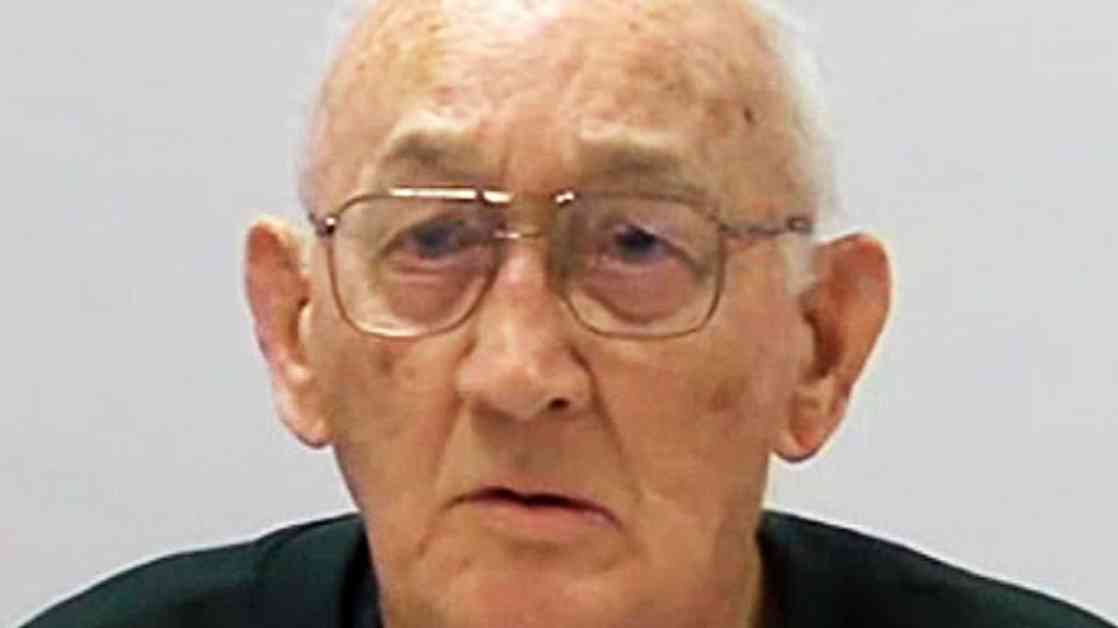Catholic Priest Gerald Ridsdale, one of Australia’s most notorious paedophiles, passed away on Tuesday morning at the age of 90 while in the confines of Port Phillip Prison, known for its stringent security measures. The former priest, convicted of horrific crimes involving more than 70 children spanning three decades, breathed his last due to natural causes while under palliative care. Ridsdale’s demise, shrouded in infamy, prompted a series of discussions about his final rites and the legacy of trauma he left behind.
Family Dynamics and Funeral Arrangements
Despite Ridsdale’s heinous crimes and widespread disdain, his family chose to handle his death with dignity, sparing him the ignominy of a pauper’s funeral. Instead, they took charge of organizing his final farewell, a decision that raised eyebrows and sparked various conversations about the complexities of familial relationships. While his brother had distanced himself from the disgraced priest, other relatives maintained sporadic contact with Ridsdale during his time behind bars. The intricate web of family dynamics added a layer of complexity to an already emotionally charged situation.
The Impact of Ridsdale’s Crimes
The ripple effect of Ridsdale’s actions extended far beyond his immediate victims, leaving a trail of devastation in its wake. His niece Lou Ridsdale encapsulated the sentiment, reflecting on the profound impact of his crimes on their family and the broader community. Her poignant words served as a stark reminder of the enduring pain caused by Ridsdale’s abhorrent behavior, shedding light on the long-lasting implications of his actions. The trauma inflicted by the former priest reverberated through generations, leaving scars that may never fully heal.
Legal Proceedings and Institutional Failures
Ridsdale’s disturbing history of child abuse, spanning over three decades, exposed deep-rooted failures within the Catholic Church and law enforcement agencies. The Royal Commission into Institutional Responses to Child Sexual Abuse unearthed a pattern of negligence and complicity, revealing how Ridsdale evaded accountability for years due to systemic cover-ups and institutional protection. The harrowing testimonies from survivors painted a grim picture of unchecked power and betrayal, underscoring the urgent need for systemic reforms to prevent such atrocities in the future.
Legacy and Controversies
In death, as in life, Ridsdale’s legacy remained contentious, with debates swirling around the handling of his remains and funeral arrangements. The Vicar-General of Ballarat, Father Marcello Colasante, extended condolences to those impacted by Ridsdale’s crimes while affirming that the family would oversee the funeral proceedings. The delicate balance between acknowledging the pain caused by Ridsdale and respecting the grieving process of his family highlighted the complex moral terrain surrounding his death. The reluctance of the Australian Catholic Bishops Conference to comment on the matter further underscored the lingering tensions surrounding Ridsdale’s controversial life and death.
The Final Chapter
As Ridsdale’s body lay with the Victorian Coroner, awaiting its final resting place, the echoes of his crimes reverberated through the halls of justice and the corridors of memory. His passing marked the end of a dark chapter in Australia’s history, a chapter marred by unspeakable acts of abuse and betrayal. While his death brought a sense of closure to some, for others, it served as a stark reminder of the enduring scars left by those who exploit positions of trust for nefarious purposes. As the shadows of Ridsdale’s crimes lingered, his legacy served as a cautionary tale, a somber reminder of the irreparable harm caused by those who prey on the innocent.









